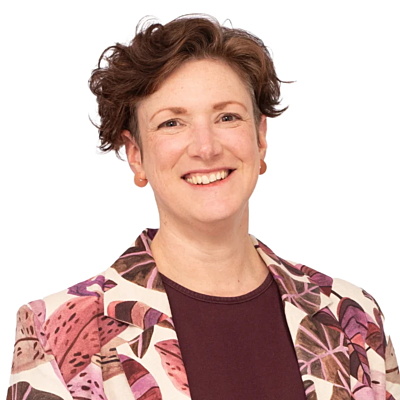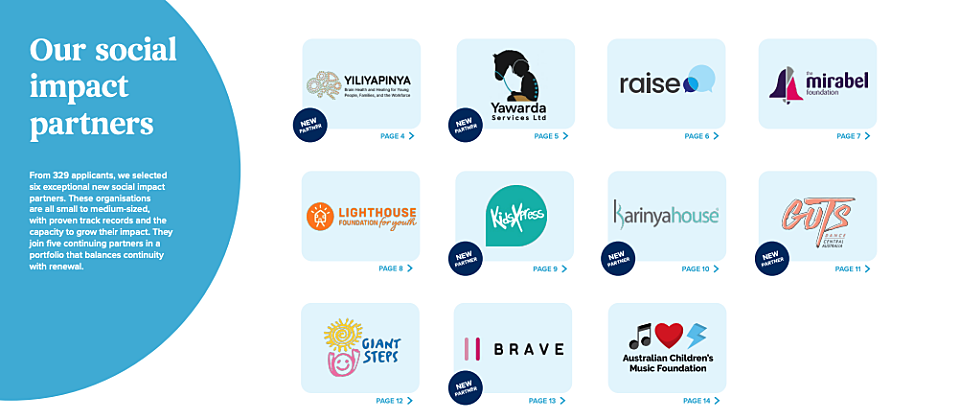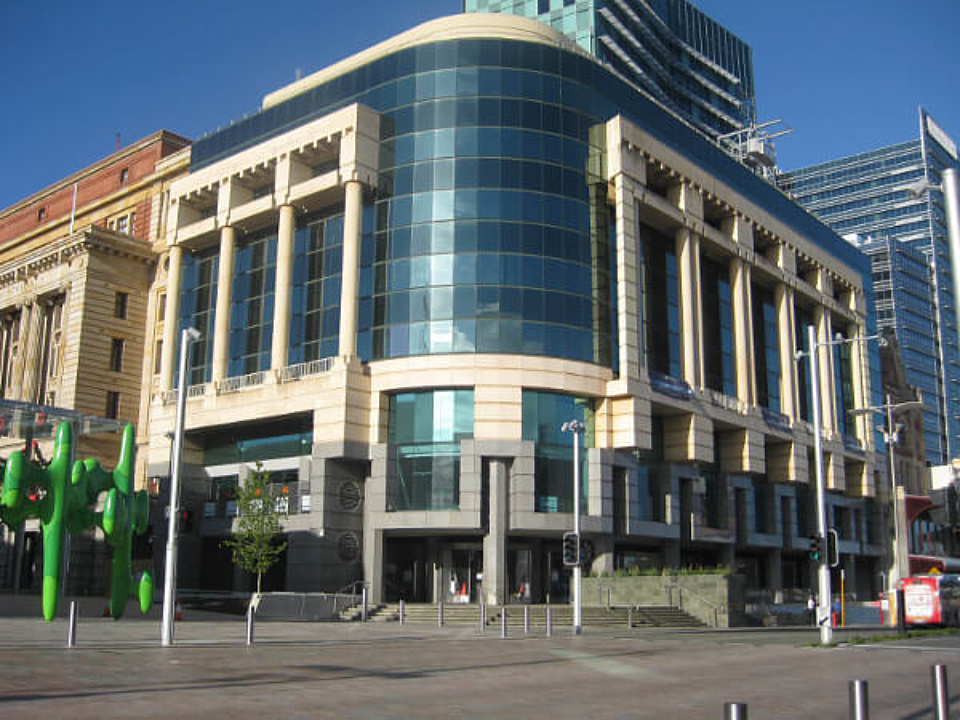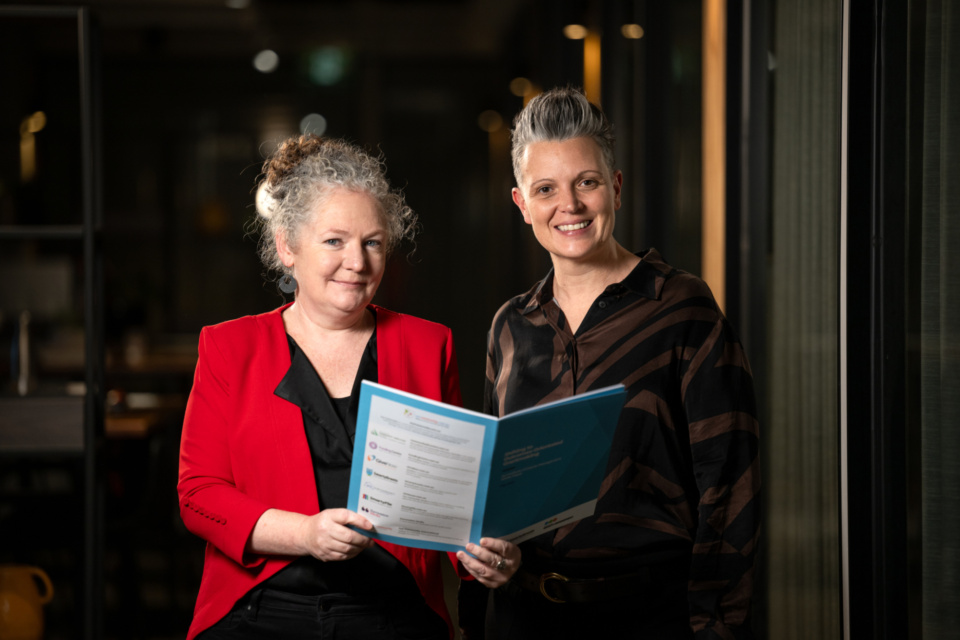
Greater integrity needed in grants assessments
Posted on 24 Nov 2025
The deployment of third-party grant assessors can reduce the risks to funders of corruption,…
Posted on 01 Sep 2025
By Philanthropy Ireland writers

When we talk about impact measurement, it’s easy to think about numbers, charts and annual reports.
But as the recent Making Change Visible: Insights into Effective Impact Measurement webinar revealed, the real power of measurement lies in the stories it tells, the learning it fosters, and the trust it builds between funders and grantees.
Hosted by Philanthropy Ireland, the session was chaired by its head of communications and relationships, Hazel Hennessy, who reminded participants that philanthropy is as much about reflection as it is about giving: “Impact isn’t only about what happens out there in communities, it’s also about how we evolve as funders.”
The heart of the discussion came from a case study presented by SmartyGrants chief impact officer Jen Riley and the Community Broadcasting Foundation’s (CBF’s) Kate Randall. CBF supports more than 400 grantees, including First Nations, multicultural, LGBTQIA+ and youth broadcasters.

“We should be asking ourselves the same hard questions we ask of others.”

Before 2022, CBF’s reporting leaned heavily on outputs: how many grants were awarded, the size of the audiences reached, the number of stations funded. Occasionally, powerful stories would surface about a youth-led broadcast tackling local misinformation or a First Nations radio station amplifying community voices, but there was no consistent way to capture and compare these stories across the portfolio.
The turning point came with a strategic restructure, reducing nine funding programs to three and introducing a shift towards outcomes and impact reporting. This meant asking new questions: What difference are we making? Who is experiencing that change? How do we know?
Implementing the shift was no small feat. As Riley explained, “CBF wanted better insight without making reporting feel like a second full-time job for grantees.” Many recipient organisations were volunteer-run, with varied data literacy. The solution was a flexible approach: allowing grantees to select up to four priority outcomes, align them with CBF’s framework, and keep their own metrics at first.
Workshops on “theory of change” helped identify crucial “middle outcomes”, the tangible shifts between immediate outputs and long-term goals. Advisory committees simplified the language and added well-being outcomes, ensuring the framework reflected the sector’s values. Over 12 months, Randall and her team developed a monitoring, evaluation and learning (MEL) framework that trimmed 200-plus indicators down to fewer than 100 and produced seven core evaluation questions, some focused on unexpected outcomes and broader contributions.
If you already have impact measurement systems in place, the CBF story offers practical ways to go deeper:
Starting from scratch can feel daunting, but the advice from the webinar was clear:
The session closed with a reminder that monitoring and evaluation isn’t just for grantees –it’s equally vital for funders. Hennessy summed up the feeling: “We should be asking ourselves the same hard questions we ask of others.”
It’s important to:
By embedding these approaches, grantmakers can strengthen relationships, enhance transparency, and ensure that every euro invested creates measurable, meaningful change.
A version of this article was first published by Philanthropy Ireland, for a joint presentation with SmartyGrants.
Watch a replay of the Philanthropy Ireland webinar above

Posted on 24 Nov 2025
The deployment of third-party grant assessors can reduce the risks to funders of corruption,…

Posted on 21 Oct 2025
An artificial intelligence tool to help not-for-profits and charities craft stronger grant…

Posted on 21 Oct 2025
Artificial intelligence (AI) is becoming an essential tool for not-for-profits seeking to win…

Posted on 21 Oct 2025
A new measurement tool designed by First Nations experts is challenging the way grantmakers assess…

Posted on 21 Oct 2025
Funders and the not-for-profits (NFPs) they work with should treat artificial intelligence (AI) as…

Posted on 21 Oct 2025
Tweens and young teens are set to benefit the most from an Australian investment company’s renewed…

Posted on 21 Oct 2025
The Western Australian government has updated its grants administration guidelines, with the new…

Posted on 21 Oct 2025
The Australian National Audit Office (ANAO) has listed three politically sensitive programs it may…

Posted on 21 Oct 2025
Victoria’s anti-corruption authority has provided useful guidance for grants managers on avoiding…

Posted on 07 Oct 2025
Future Generation has announced a major new investment fund focused on improving women’s employment…

Posted on 18 Sep 2025
Across Australia and the world, not-for-profits are adopting artificial intelligence (AI) tools…

Posted on 02 Sep 2025
Ezra Klein and Derek Thompson’s bestseller Abundance is quietly circulating through the upper ranks…